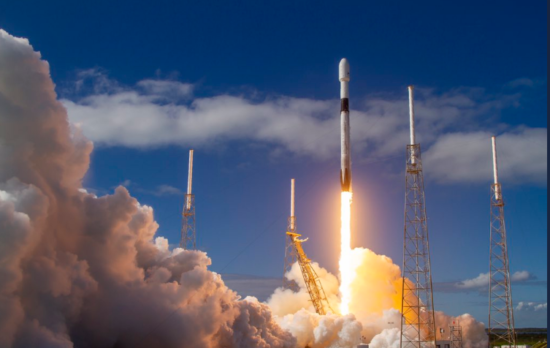
Photo Twitter SpaceX
SpaceX successfully launched a rocket with 60 Starlink satellites, another step in its goal of blanketing the entire world with internet coverage.
The company hopes to put at least 12,000 satellites in low-Earth orbit to provide the world with highspeed, affordable, internet coverage. With the launch of 60 satellites Monday (Aug. 11) and its first launch of 60 satellites back in August, Space X now has 120 satellites in orbit.
Founder Elon Musk said that SpaceX will need to launch at least 400 Starlink satellites in orbit for “minor” broadband coverage, and 800 for “moderate” coverage.
It achieved the launch Monday morning when the United States celebrated Veteran’s Day. It’s reusable Falcon 9 rocket blasted off from Space Launch Complex 40 in Cape Canaveral, Florida – marking the first time that Space X had flown a particular Falcon 9 rocket four times.
Ultimately, the company’s goal is to send a manned colony to Mars, and it hopes to use profits from its Starlink satellites to help it achieve that goal.
But while astronomers may be enthusiastic about going to Mars, they’re less enthusiastic about the possibility that SpaceX’s Starlink satellites could make it difficult for them to be able to get a clear view of the night sky to conduct their research.
SpaceX and Musk have tried to reassure the concerned astronomers saying that once the satellites have settled into place, they’ll be less noticeable.
Shortly after the initial batch of Starlink satellites was sent, Musk tweeted that he “sent a note to Starlink team regarding albedo reduction,” a measurement that refers to the amount of light reflected by the satellites.
Successful deployment of 60 Starlink satellites confirmed! pic.twitter.com/bpBqO9oYR3
— SpaceX (@SpaceX) November 11, 2019












